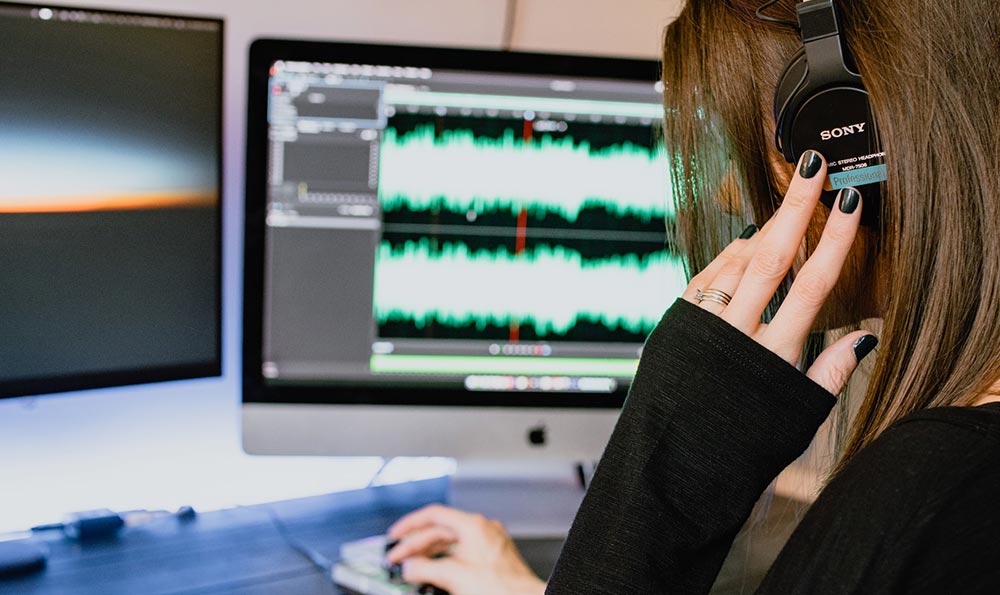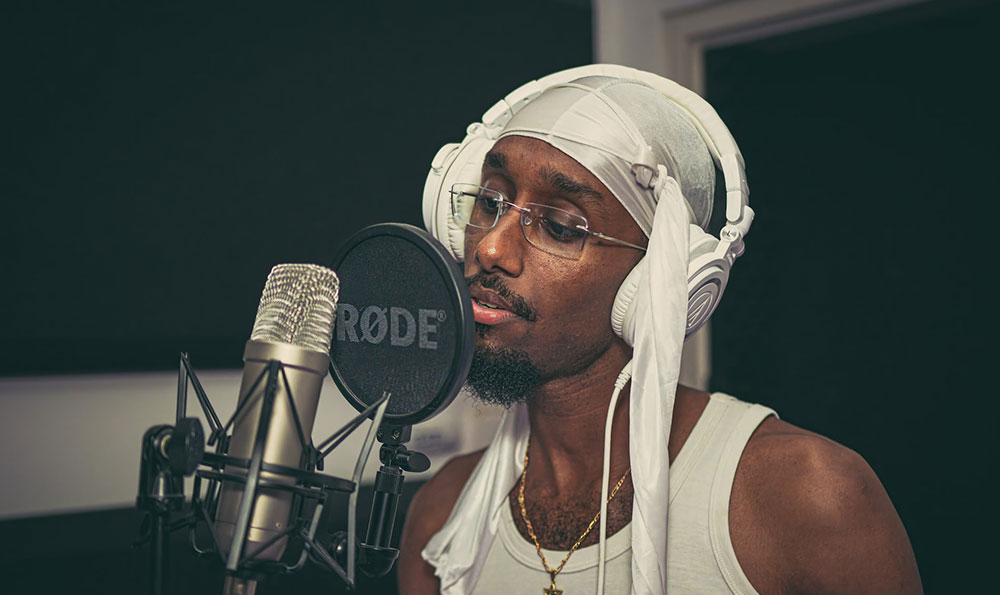配音演员用英语怎么说,英文儿童简单单词配音,老铁们想知道有关这个问题的分析和解答吗,相信你通过以下的文章内容就会有更深入的了解,那么接下来就跟着我们的小编一起看看吧。
配音演员用英语怎么说,英文儿童简单单词配音

引言:
配音演员是电影、电视剧等媒体作品中至关重要的角色,他们通过声音为角色注入生命力。而在英文儿童作品中,配音演员也扮演着重要的角色。本文将介绍配音演员如何用英语进行配音,并探讨英文儿童简单单词配音的技巧和要点。
正文:
一、配音演员用英语怎么说
配音演员在英语行业中被称为"Dubbing Artists"或"Voice-over Artists"。Dubbing Artists这一术语主要用于欧洲和亚洲地区,而Voice-over Artists则主要在北美地区使用。无论是哪个名称,他们的职责都是为原始影片或节目录制新的音频,以传达故事内容和角色情感。
二、英文儿童简单单词配音的技巧和要点
1. 清晰发音
配音演员应该注重清晰发音,特别是对于英文儿童简单单词。他们需要准确地表达每个字母和音节,以便儿童听众能够清楚理解单词的意思。
2. 语调和节奏
在配音英文儿童作品时,配音演员需要注意语调和节奏。儿童作品通常注重音乐感和韵律感,因此配音演员应该根据场景的需要调整语调和节奏,以使整个作品更加生动活泼。
3. 表情和情感
英文儿童作品中的角色通常有各种不同的情感和表情。配音演员需要通过声音来表达这些情感,比如愉快、悲伤、害怕等。他们可以运用声音的音量、音调和音色等来传递角色的情感,使得儿童听众更好地理解和体验故事。
4. 创造角色声音
英文儿童作品中的角色往往是各种各样的,包括动物、人物、怪物等。配音演员需要根据角色的特点和形象,创造出与之相匹配的声音。他们可以运用不同的音调和语气来区分角色的性别、年龄和个性特征。
结尾:
配音演员用英语为英文儿童作品进行配音,是让儿童观众更好地理解和享受故事的重要环节。通过清晰发音、恰当的语调和节奏、准确地传达角色情感以及创造独特的角色声音等技巧,配音演员能够为英文儿童作品带来更加生动和有趣的体验。
(总字数:372字)
配音演员用英语怎么说

配音演员用英语怎么说
引言
配音演员是电影、电视剧、动画片等影视作品中起到重要作用的职业。他们通过使用声音表演技巧和音频处理技术,为角色赋予生命和个性。在不同国家和地区,配音演员使用的语言也会有所不同。本文将介绍配音演员用英语怎么说的相关知识。
正文
1. 英语配音(English Dubbing)
英语配音是指将非英语的影视作品进行配音,使之以英语的声音呈现。这是一种常见的翻译方式,让观众能够更好地理解和欣赏这些作品。日本动漫在北美市场会进行英语配音,以吸引当地观众。
2. 英语配音演员(English Voice Actors)
英语配音演员是专门通过配音为英语版影视作品中的角色提供声音的演员。他们需要具备良好的英语口语能力和声音表演技巧。在译制片(dubbed films)中,他们需要将外语演员的表演和情感重新演绎,并与角色的动作和嘴型保持同步。英语配音演员的声音需要与角色的形象和性格相匹配,使观众更好地接受角色。
3. 英语原声(Original Version)
英语原声指的是将英语电影或电视剧以英语语言播放的版本,而不是进行配音或翻译。这种方式在很多英语国家和地区上映的英语作品中非常常见,因为英语是这些地区的主要语言。观众可以直接听到演员的真实声音,并更好地感受到角色的情绪和语言表达。
4. 英语字幕(English Subtitles)
英语字幕是将非英语影视作品中的对话和文字以英语的形式呈现给观众。这种方式适用于英语学习者或不懂其他语言的观众。字幕能够帮助观众更好地理解剧情和对话,并提供了一个学习语言的机会。
结尾
配音演员用英语怎么说?通过英语配音、英语配音演员、英语原声和英语字幕这几个概念的介绍,我们可以了解到在不同情况下,配音演员使用英语的方式是多样的。无论是通过配音还是字幕,都是为了让观众能够更好地理解和欣赏影视作品。在不同国家和地区,配音演员用英语的方式也会有所不同,但他们的共同目标是为角色赋予声音和情感,为观众带来更好的观影体验。
配音用英文怎么表达

Title: Expressing Dubbed Dialogue in English
Introduction:
Dubbing refers to the process of replacing the original dialogue of a film or television show with a translated version in another language. In the field of dubbing, it is crucial to accurately convey the meaning, emotions, and nuances of the original dialogue in the target language. This article aims to provide a comprehensive understanding of expressing dubbed dialogue in English, employing objective, professional, clear, and systematic writing techniques. It will utilize methods such as definition, classification, examples, and comparisons to elucidate the relevant knowledge.
Body:
Defining Dubbed Dialogue:
Dubbed dialogue refers to the translated version of the original dialogue that is synchronized with the lip movements of the characters on screen. It aims to create a seamless integration between the visual and auditory elements of a film or television show. The process involves meticulously matching the tone, rhythm, and delivery of the original dialogue to preserve the intended meaning and emotional impact.
Classifying Dubbed Dialogue:
Dubbed dialogue can be classified into two main categories: literal translation and cultural adaptation. Literal translation aims to provide an accurate rendition of the original dialogue in terms of meaning and sentence structure. Cultural adaptation, on the other hand, takes into consideration cultural nuances, idiomatic expressions, and humor, ensuring that the dialogue resonates with the target audience. Both approaches require a deep understanding of both languages and cultures involved.
Examples of Expressing Dubbed Dialogue:
1. Literal Translation Example:
Original Dialogue: "I love you more than words can express."
Dubbed Dialogue: "我爱你胜过言语可以表达的。”
2. Cultural Adaptation Example:
Original Dialogue: "Break a leg!"
Dubbed Dialogue: "祝你好运!" (Wishing you good luck!)
Comparing Dubbing Techniques:
In the process of dubbing, various techniques can be utilized to effectively express the dialogue in English. One technique is lip-sync dubbing, where the translated dialogue is meticulously synchronized with the lip movements of the characters. Another technique is voice-over dubbing, commonly used in documentaries or interviews, where the translated dialogue is narrated over the original audio. Each technique has its advantages and challenges, and the choice depends on the requirements of the project and the preferences of the target audience.
Conclusion:
Expressing dubbed dialogue in English is a complex task that requires linguistic proficiency, cultural sensitivity, and a deep understanding of both the source and target languages. The goal is to accurately convey the meaning and emotions of the original dialogue while maintaining lip-sync or narrative coherence. By employing various techniques and approaches, dubbing professionals strive to create an immersive and authentic experience for the audience.
配音演员用英语怎么说,英文儿童简单单词配音的问题分享结束啦,以上的文章解决了您的问题吗?欢迎您下次再来哦!
免责声明:以上整理自互联网,与本站无关。其原创性以及文中陈述文字和内容未经本站证实,对本文以及其中全部或者部分内容、文字的真实性、完整性、及时性本站不作任何保证或承诺,请读者仅作参考,并请自行核实相关内容。(我们重在分享,尊重原创,如有侵权请联系在线客服在24小时内删除)
-
 钢铁侠中文配音,蜘蛛侠的英文配音81人浏览
钢铁侠中文配音,蜘蛛侠的英文配音81人浏览 -
 赞配音的语句,配音文案英文短句拽59人浏览
赞配音的语句,配音文案英文短句拽59人浏览















